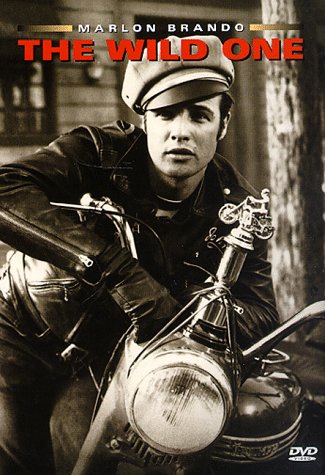The Beat Generation and Counter-culture
The Beat Generation and Counter-culture have a close relationship in that people in those fields have critical and new approaches to society in the 1950s. Those two concepts reflected in many areas, such as music, novels, poems and movies. For movies, they have a good advantage in that they could have stronger impact by expressing situations at that time through the media. The following movies dealt with these concepts especially in the 1950s.

Pull My Daisy (1959) is a short film that represents the Beat Generation. This movie was directed by Robert Frank and Alfred Leslie. Jack Kerouac provided improvised narration and it also starred poets Allan Ginsberg, Peter Orlovsky and Gregory Corso, artist Larry Rives and Alice Neel, musician David Amram, actors Richard Bellamy and Delphine Seyig, dancer Sally Gross, and Pablo Frank. These people could describe the Beat Generation and counter-culture at this period. The title Pull My Daisy was from the poem of the same name written by Jack Kerouac, Allen Ginsberg and Neal Cassady in the late 1940s. The movie was based on the life of Neal Cassady who was a beat symbol and his wife, the painter Carolyn.

Shadows (1959) is another film, which represented The Beat Generation and Counter-culture. It had interracial relations during the Beat Generation years in New York City. The movie was directed by John Cassavetes. Many film scholars regard Shadows as one of the significant independent movies in the U.S. The plot featured an interracial relationship.

The Wild One (1953) is a counter-culture film and represents an outlaw biker in the film directed by László Benedek and produced by Stanley Kramer. The movie is about the gang leader, Jonny Strabler, dressed in a leather jacket and riding a 1950 Triumph Thunderbird 6T. Lee Marvin, who was a rival gang leader, also described as Brando. This movie can be related to Mafia counter-culture as this movie dealt with gang leaders.